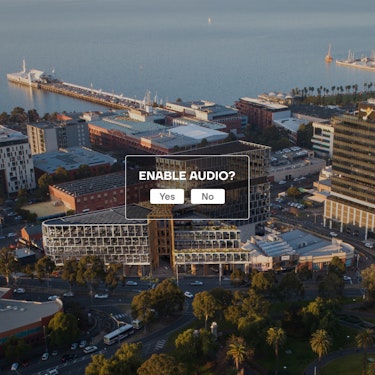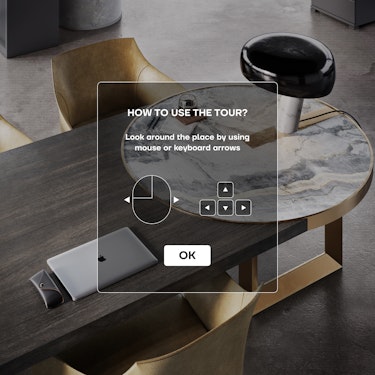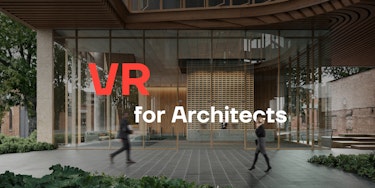Virtual reality (VR) technology has revolutionized the way architects design and present their work. VR provides a more immersive and interactive experience that allows architects to visualize their designs in greater detail, share their vision with clients, and simulate various scenarios that may arise during construction.
To create VR for architecture, architects use specialized software such as SketchUp, Revit, or AutoCAD to create 3D models of their designs. Once the 3D model is created, it is exported to a VR software platform such as Unity or Blender. Developers use VR software to create an interactive environment for the 3D model, adding textures, lighting, and other details to create a realistic and immersive experience. The VR environment is then tested to ensure it functions correctly and provides an immersive experience.
.jpg?ixlib=gatsbyFP&auto=compress%2Cformat&fit=max&q=75&w=375)
Here are the steps involved in creating and using virtual reality for architects:
Design creation: The first step is to create a 3D model of the design using computer-aided design (CAD) software such as Autodesk Revit, SketchUp, or Rhino. This 3D model is the foundation of the VR experience, and it needs to be detailed and accurate to create a convincing VR experience.
Exporting the design: Once the 3D model is created, it needs to be exported to a VR software platform such as Unity or Blender. These platforms are designed to create immersive experiences, and they can import the 3D model and add interactivity, lighting, and textures to the design.
Virtual environment creation: In VR, the user needs to feel as if they are in a real environment. To achieve this, the designer needs to create a virtual environment that is detailed and immersive. The virtual environment can include realistic lighting, shadows, and textures to create a convincing experience.
User interface: The user interface is the way the user interacts with the VR experience. This can include controllers, buttons, and menus that allow the user to move around the virtual environment, interact with objects, and make changes to the design.
.jpg?ixlib=gatsbyFP&auto=compress%2Cformat&fit=max&q=75&w=375)
Testing and optimization: Once the VR experience is created, it needs to be tested and optimized for performance. This includes checking for any errors, improving the frame rate, and optimizing the design for different VR devices.
Use in presentations and client meetings: Virtual reality can be used as a tool to showcase designs to clients and stakeholders. VR allows them to experience the design in a more immersive and interactive way, giving them a better understanding of the design.
Use in design review: Virtual reality can be used as a tool for design review. Architects and designers can use VR to review their designs, make changes, and explore different options in real-time.
Use in marketing: Virtual reality can be used as a marketing tool to showcase designs to potential buyers or investors. VR can give them a better understanding of the design and its features, helping to sell the design more effectively.

Benefits of Using Virtual Reality for Architects:
Better Visualization: Virtual reality allows architects to visualize their designs in a more immersive and realistic way, giving them a better understanding of the design and how it will look in the real world.
Improved Communication: Virtual reality can be used to improve communication between architects, designers, clients, and stakeholders. VR allows them to experience the design together, helping them to better understand each other's perspectives and ideas.
Real-time Feedback: Virtual reality allows architects to get real-time feedback on their designs. Clients and stakeholders can explore the design and provide feedback, allowing architects to make changes and improvements quickly.
Reduced Costs: Virtual reality can help architects to reduce costs by allowing them to identify design issues early in the process. This can save time and money, as well as reduce the need for expensive physical models.
Better Decision-making: Virtual reality can help architects to make better decisions about their designs. VR allows them to explore different options, test different materials, and experiment with lighting and textures, helping them to make informed decisions about the design.

In conclusion, virtual reality technology has transformed the way architects design and present their work. VR offers architects a more immersive and interactive experience that allows them to visualize their designs in greater detail, share their vision with clients, and simulate various scenarios that may arise during construction. The use of VR technology provides a range of benefits to architects and their clients, including better communication, improved design, cost-effectiveness, and time-saving. While there are challenges to using VR technology, the benefits outweigh them, and VR technology is expected to become an increasingly important tool in the field of architecture. As VR technology continues to evolve, architects will continue to explore new and innovative ways to leverage this technology to create more sophisticated and compelling designs.
